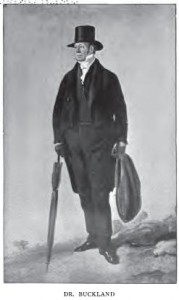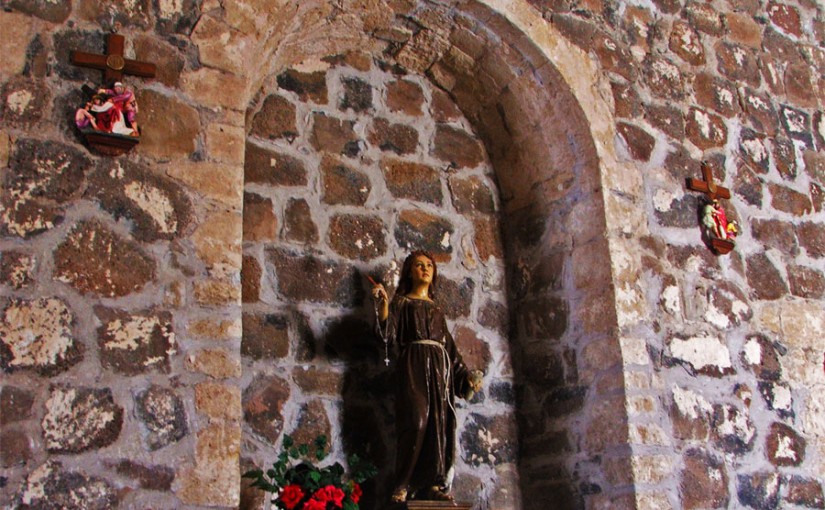Saint Rosalia is one of a smaller group of saints who were not also martyrs. Born in the early 12th century of royal lineage, Rosalia was known as one of the most beautiful women in Palermo. One day a visiting nobleman asked the king for her hand in marriage and the next day Rosalia appeared in the royal court as a new woman. She had cut off of all of her hair and announced that she was going to become a nun.

Rosalia stayed in the convent for a few months but found that even there her family and suitors distracted her. She moved to a remote cave in a mountain, where she spent the rest of her life in prayer, devoted to God. She died at the age of 30 of natural causes and her bones remained in the cave for three centuries.

In the 1600’s, the plague reached Palermo. Thousands died in only a few months, and the self-imposed quarantine meant that those trapped in Palermo were resigned to death. The people of Palermo desperately prayed, looking for some sign that they might survive the plague. That sign came when a local man, Vincenzo Bonelli, had a vision from Rosalia that led him to her cave. She told him that he had to bury her bones in order for Palermo to be delivered from the plague. The continued devastation of the plague convinced the cardinal and other church leaders to process the bones through the streets and then bury them properly. As soon as Rosalia’s remains were put to rest the plague stopped. Since then, Palermo has dedicated Rosalia as their patron saint, and she is celebrated every year for her rescuing the city from the plague (Zannoni 2014). Her remains are in the grotto on the mountain where she died, within an ornate sarcophagus.

In 1825, a British geologist named William Buckland went to Sicily on his honeymoon. He and his wife visited Palermo and stopped by the grotto where the holy remains of Saint Rosalia were. Buckland observed that the bones did not look human but looked more like they belonged to a goat (Gordon 1894). When Buckland shared this information with the priests, they quickly kicked him and his wife out of the grotto. After Buckland’s announcement, the bones were placed within a casket so that outsiders could no longer view the bones too closely (Switek 2009).
In late November of 2013, Pope Francis carried a small box containing nine bone fragments of Saint Peter out beyond the Vatican to present them during a Mass. His presentation of a relic, especially one of such an important saint, caused many historians around the world to question the relics authenticity (Raushenbush 2013). Like the remains of Saint Rosalia, the relics of Saint Peter are not accessible to scientists who could test the authenticity of the artifact. Although most scholars debated whether the remains truly belonged to Saint Peter, some questioned whether “authenticity” even mattered. Peter Manseau, a writer who focuses on relics, said that they are authentic in their spiritual and religious power.
“I think that in the end, the authenticity may be beyond the point. Their relevance doesn’t really depend on their being what they say they are. They are more important as symbols of faith rather than as some kind of forensic evidence.”
-Peter Manseau (Raushenbush 2013)
Forensic evidence is required for all other artifacts. Questions of forgeries and authenticity greatly effect how museums, historians, and the public view artifacts. If something is a fake, then that artifact loses its importance and its power, except maybe as an example of desperation. The “Mask of Agamemnon” is an example of an artifact that has lost its influence and meaning in scholarly circles because its origins are questionable (Calder 1999). If Heinrich Schliemann made the mask so that he would have something fantastic to uncover in Mycenae, then its relevance to Ancient Greece, the archaeological site, and world history is negated. The religious importance of these artifacts removes some of the authenticity that is so often craved for by historians and museums regarding other kinds of artifacts.

After all, even if what Palermo call relics of Saint Rosalia really did only belong to a goat, they still managed to save the city from the plague.

One thought on “Saint Rosalia”